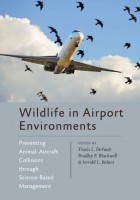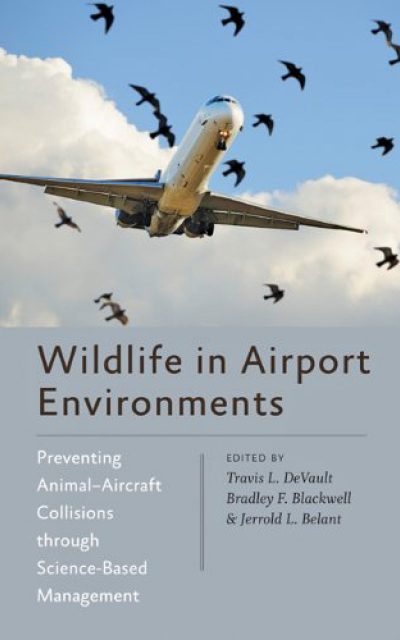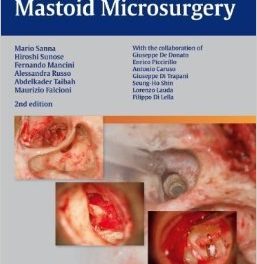 Editors: Travis L. DeVault, Bradley F, Blackwell, and Jerrold L. Belant
Editors: Travis L. DeVault, Bradley F, Blackwell, and Jerrold L. Belant
Publisher: Johns Hopkins University Press – 181 pages
Book Review by: Paiso Jamakar
This book provides an overview of the different tools and techniques used to prevent collisions between birds and other wildlife and aircraft. It is focused on the science underlying the methods.
It begins with a chapter on the history of wildlife strikes with airplanes. The rest of the content, contributed by 22 specialists, has been placed in 14 other chapters organized into three Parts:
- Wildlife Management Techniques
- Managing Resources
- Wildlife Monitoring
Probably nobody thought a bird could bring down an airplane. But when US Airways Flight 1549, with 155 people in an Airbus 320, landed on the Hudson River in New York City on January 15, 2009, everybody was incredulous when they learned why.
That aircraft had ingested Canada geese into both engines at an altitude of 2,900 feet shortly after takeoff from LaGuardia Airport. The editors write in the Preface that this event brought about widespread awareness that flocks of birds, geese, and other wildlife can bring down aircraft. After this occurred, a number of new devices, materials, and services emerged to help reduce their dangerous incidents (actually, accidents) in the future. Awareness generates creative solutions!
People working to reduce animal-aircraft collisions – airport managers, biologists, flight safety experts, etc – are always discovering which efforts are effective and which are a waste of time and money, the editors point out. They write: “Effective management of wildlife in airport environments, like all types of wildlife damage management, is based on principles from wildlife ecology, physiology, and behavior (Conover 2002).”
Knowledge of the behavior and physiology of wildlife in an airport setting can help such professionals:
- Understand how and why animals respond to various mitigation methods
- Learn why and under what conditions some management tools and techniques work better than others
- Direct, more intelligently, future research and management efforts







